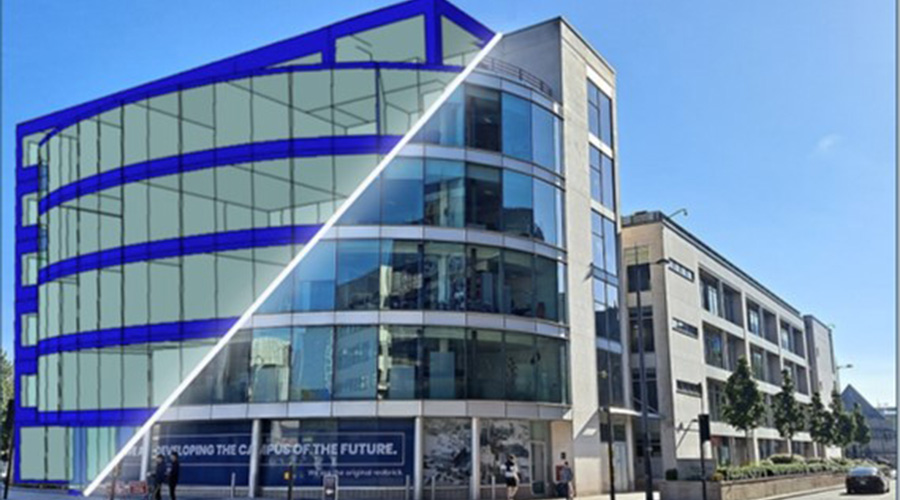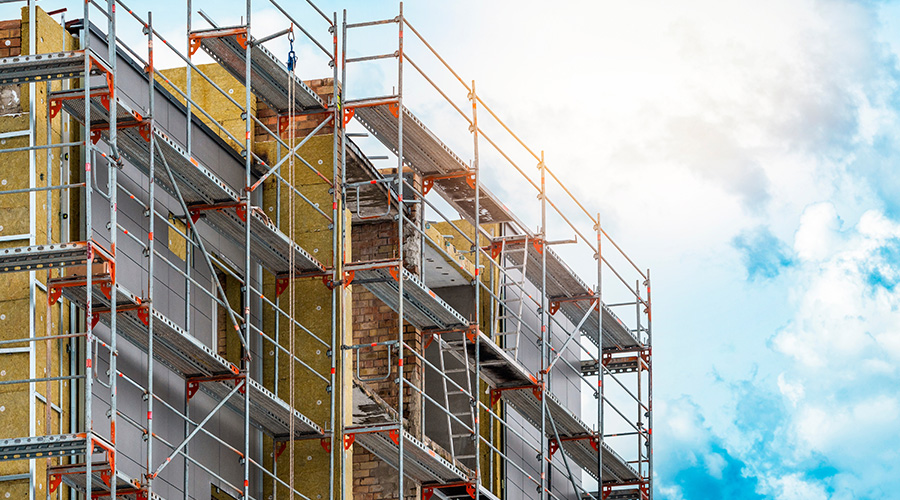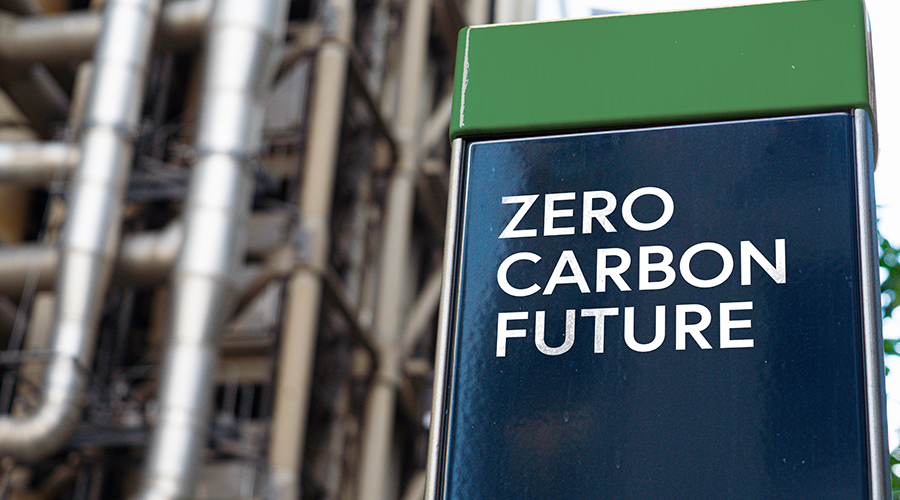
Digital Twin Technology Piloted at the University of Liverpool
University finds 23 percent energy saving at campus building. June 21, 2024
A new tool for optimizing the operational performance of buildings has been used as part of a project at the University of Liverpool, resulting in operational cost savings of £25,000 and energy consumption reductions of 23 percent.
Glasgow-based climate technology firm, IES, is working in partnership with the university by using IES Live to evaluate in real-time the impact of an ongoing HVAC refurbishment project for one of its campus buildings.
The project is one of the first to utilize the tool which connects live operational data from a building to a calibrated digital twin. Aimed at facilities managers, it equips teams with a single pane view of live operational performance metrics via the cloud.
To realize the savings, evaluate the performance of the campus building and identify the required improvements to enhance efficiency, a digital twin of the building was created.
The digital twin was used to test various refurbishment scenarios and identify those that would be most effective in generating energy, carbon, and cost savings. Once the selected improvements were made to the building, the digital twin was upgraded by connecting live data from the BMS and energy meters, enabling the model to be calibrated to match measured data hourly. The updated model highlighted additional interventions to optimize operational performance and move towards decarbonization.
The university’s facilities management team is now using this operational performance digital twin to continually monitor and improve the building. Benchmarking against the simulated baseline, the university can track performance and gain improvement insights for energy, carbon, and comfort. Additionally, the ongoing impact of the refurbishment can be measured and verified.
The live feature also helps to prevent operational drift, whereby the performance of building systems degrades over time, as any issues will be flagged and can be fixed before they begin to have an impact.
Replicable across the campus, the university plans to continue collaborating with IES to create digital twins for three more buildings in the next phase of work.
Next
Read next on FacilitiesNet












